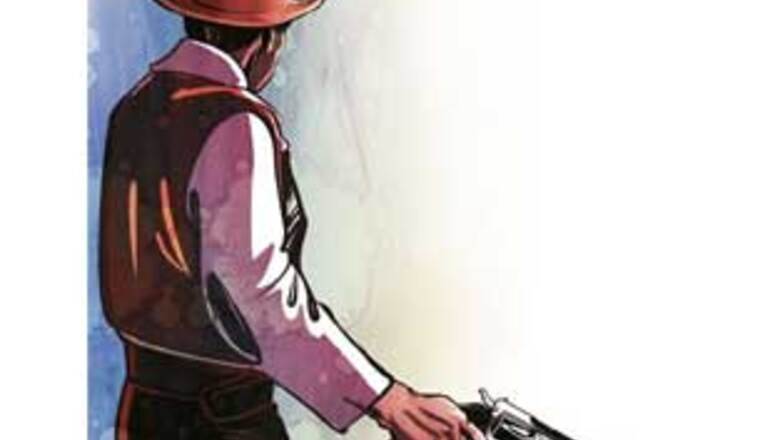
views
Enabling Choice
Before the advent of DTH television, local cable operators carved out their own neighbourhood fiefdoms and guarded them zealously (mostly by sabotaging the equipment of new rivals). All of them offered the same preset bouquet of channels. In contrast, DTH users can select channel plans based on preference and budget, and can even change their DTH provider literally overnight.
But, a Limited Choice
DTH users don't have the option of watching a movie of their choice at their convenience. That's because DTH is a one-way transmission medium (from satellite to viewer). That doesn't mean cable TV offers this today in India, but it can. Comcast in the US currently offers thousands of high-definition movies and TV shows for on-demand viewing.
Not the Only Digital Option
The "digital technology" label, and with it the implicit promise of better choice and quality, has helped sell countless electronic devices. DTH operators too had positioned their services as a digital alternative to cable TV. But in the last few years, cable operators too have gone digital. Today, digital cable connections (16 million) outnumber DTH connections (13 million) in India, according to the Cable and Satellite Broadcasting Association of Asia.
A Smarter TV
A Dish TV subscriber can search for job vacancies on his TV, a TataSky one can look for prospective marriage partners on his, while those watching Airtel Digital TV can narrow down travel packages across India. This is possible because DTH providers have partnered with companies like Monster.com, Bharatmatrimony.com and Makemytrip.com. In combination with the mobile phone as a return channel, DTH can offer a broader entertainment experience to subscribers.
Fuzzy Logic?
DVD quality picture and sound is technically possible, but in reality there's a huge difference. That's because a typical DVD video stream requires a bandwidth of 4-5 Mbps, whereas DTH operators use only a fraction of that. According to satellite monitoring service Satco DX, Dish TV uses 2.45 Mbps to stream movies on HBO, Tata Sky 1.5 Mbps, while Big TV uses a mere 0.1 Mbps.
No Room to Expand
The uneven and fast-falling quality level of DTH in India is because there is a severe shortage of satellite spectrum for each operator. They have to either lease transponders on INSAT satellites, or go through ISRO to sub-lease capacity on foreign transponders. Airtel has just seven transponders. Tata Sky has 12, offering a total of 432 MHz of bandwidth, whereas digital cable operators can access 800 MHz. This will prevent DTH operators from adding new channels in the near future.



















Comments
0 comment